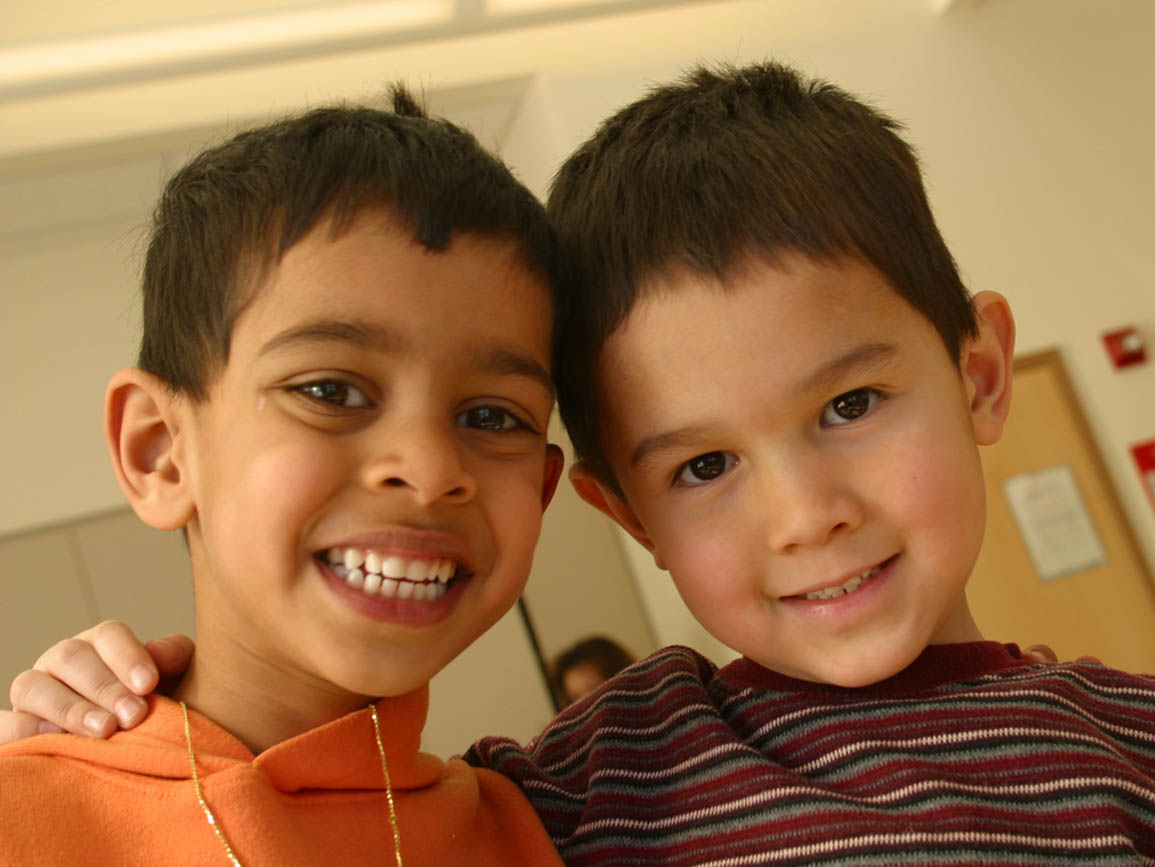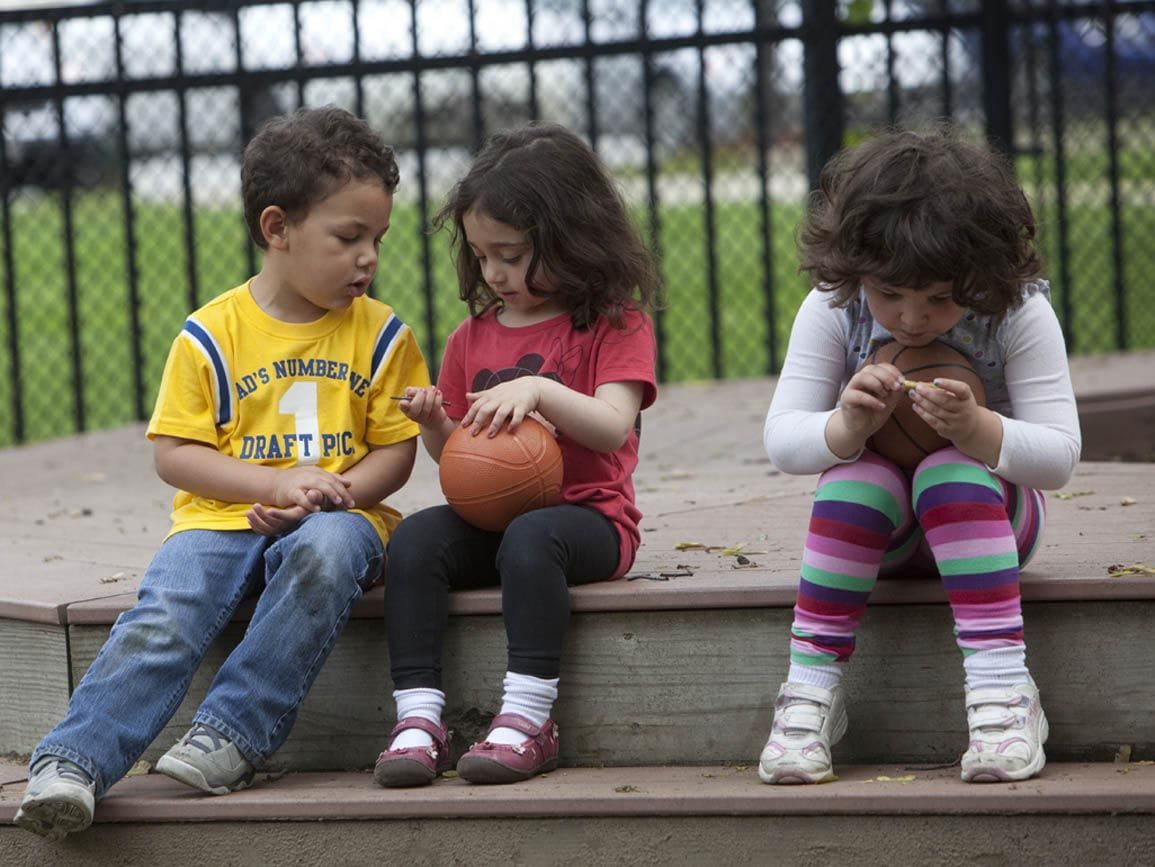“Bullying,” according to stopbullying.gov, “is unwanted, aggressive behavior among school aged children that involves a real or perceived power imbalance. The behavior is repeated, or has the potential to be repeated, over time. Bullying includes actions such as making threats, spreading rumors, attacking someone physically or verbally, and excluding someone from a group on purpose.” A few other facts about bullying:
- Children younger than age six or seven are still gaining social skills. They are not typically capable of repeated, intentional “bullying” behavior, but may behave aggressively when they’re tired, frustrated, or not sure how to communicate their needs.
- Bullying behavior is often a sign that a child needs extra support and help. Each situation is different and should be handled thoughtfully and compassionately for all parties involved.
As parents, we want to make sure our children are neither bullies nor targets of bullying, but sometimes it’s hard to know the best way to approach this topic. We staunchly defend our children against bullies and tend to "get tough" when the topic of bullying is raised. Interestingly, a "get tough" approach is not always what works. It turns out that treating children with care and kindness, and helping them develop empathy might be the best solution.
Empathy, according to the Zero to Three website, is the ability to imagine how someone else is feeling in a particular situation and respond with care. The process of developing empathy is a complex one—one which starts in childhood and deepens throughout one’s life. Before a child can develop empathy, she or he must:
- Understand that he is an individual, separate from others.
- Recognize that others have thoughts, feelings, and ideas that are separate from hers.
- Identify common emotions, such as happiness, fear, and sadness.
- Imagine how another person might feel in a certain situation, e.g., how another child feels when mommy or daddy leaves.
- Consider possible solutions to another’s problem, e.g., offering a child who is sad a hug or a stuffed animal.
How empathetic children become depends on many factors, including their temperament, their environment and their experiences. We know that adults play a vital role in helping children develop empathy over time.
Tips to Help Kids Develop Empathy and Resilience Against Bullying
In addition to building empathy, children need experiences that allow them to contribute, lead, and gain confidence. Author and early childhood expert Dan Gartrell developed a list of “democratic life skills,” that all children need to function successfully in society. These include the ability to:
- See one’s self as a worthy individual and a capable member of the group.
- Express strong emotions in non-hurtful ways.
- Solve problems ethically and intelligently.
- Be understanding of the feelings and viewpoints of others.
- Work cooperatively in groups, with acceptance of the human differences among members.
Think about this list as you help your child develop skills and consider the following ideas:
- Treat children with kindness, care, and respect. Children who are treated well are more likely to treat their peers well.
- Model for your child how others should be treated. Demonstrate how to welcome someone to your home or greet them when you meet at the park. Be aware of how you behave in traffic, at sporting events, or other occasions when adults aren’t always at their best.
- Help children understand the consequences of their actions. Starting as young as toddlers, without blaming, point out the results of aggression: "When you hit Ian, it hurts him. Look, he is crying."
- Give information and direct guidance specific to the situation. "When you are with your friends, you can take turns talking and listening.”
- Play "perspective-taking" games during waiting times at the doctor’s office or while commuting to help kids develop empathy. For example, ask "What would happen if you lived in a really cold place, but didn’t have a coat?" or "What if everyone else got to play but you were left out. How would you feel?"
- Keep the lines of communication open between you and your child.
Encourage empathy through:
- Giving your child opportunities to be with children younger or less able.
- Volunteering together as a family and helping your kids understand the importance of helping others who are in need. Discuss the idea that we all need help sometimes to discourage an “us versus them” mentality.
- Teach young children tolerance and acceptance by modeling how you respect every kind of difference in people: age, size, religion, sexual orientation, skin color, language, etc. When you model treating all people with respect, your child will learn to do the same. Unfortunately, the opposite is also true.
How can you help your child counteract bullying?
- Sometimes walking away and asking for help is the best direction to stop bullying. Let your child know it is okay to ask for help. He is not showing weakness.
- Children can also learn to be assertive. Most bullies stop within 10 seconds if someone tells them to stop. Practice with your child what she might say to stop bullying. For example, "I am not going to fight. And you need to stop hurting other people. That is not okay."
We want to raise empathetic children, capable of handling difficult situations with confidence. The best way to encourage these qualities is to treat children respectfully, show your confidence in them, model kind treatment of others, and give them chances to solve problems.
More on Building Empathy & Resilience
- Parents may worry when kids are excluded from things, such as birthday parties. Get some questions to help determine whether there is a bigger issue at play.
- Tips for building resilience in children that will give them the essential life skills of coping with challenges, adopting a positive perspective, and developing self-confidence and self-worth.





